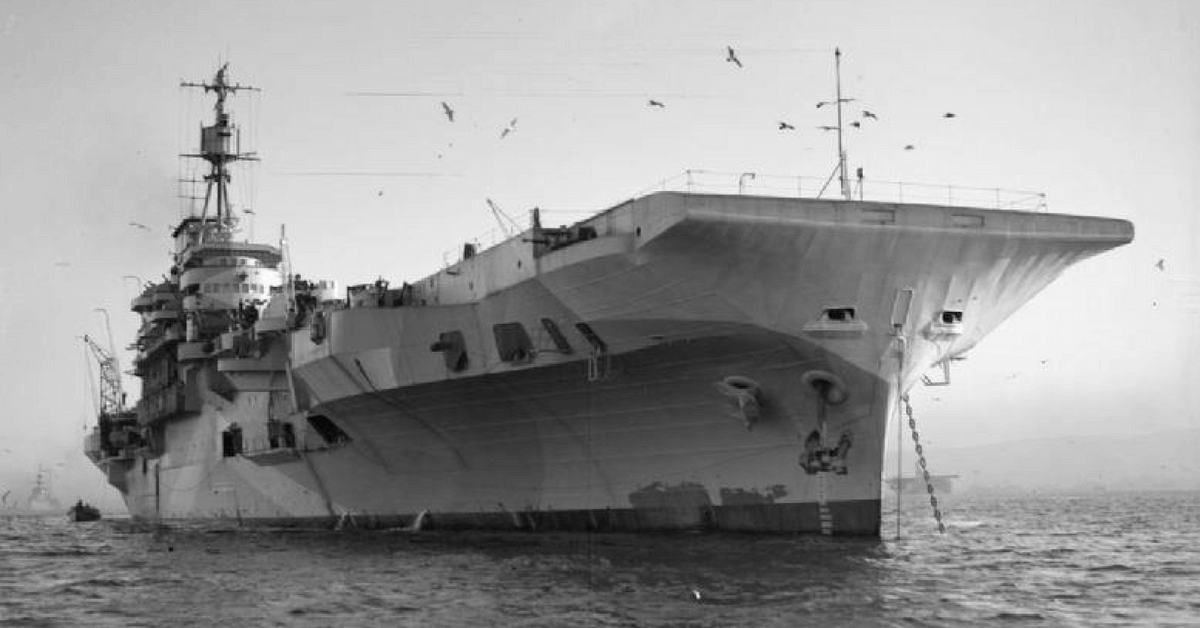Set on the side of a cliff in Port Glasgow, Scotland, is an abandoned World War II air raid shelter, thought to be one of the largest in the UK.
The purpose-built shelter was constructed by the Birkmyre family to shelter up to 1,000 of the employees (and their families) of the Gourock Ropeworks business that they owned. The site of the business has now been turned into a block of flats, but the shelter remains. During WWII, it was common for factories and other workplaces to have their own dedicated air-raid shelters. It was also common for schools to have dedicated shelters, and many landowners created their own personal shelters.
The Inverclyde area was the target of two nights of bombing in 1941. The nights of May 6th and 7th, 1941, are known as the Greenock Blitz. The bombings caused extensive damage to the Inverclyde area, where massive shipyards were critical to Britain’s war effort. The shipyards were the targets, but the civilian areas sustained severe damage as well.
246 people died in Greenock, and 626 were injured; 290 of those injuries were serious. Another 52 people are listed as missing, believed killed.
The abandoned structure was recently the subject of a series of photographs taken by Abandoned Scotland. The group’s aim is to raise awareness of forgotten landmarks in Scotland.
The shelter is made up of an extensive network of arched tunnels, a mixture of brick and now rusted metal. They are now littered with clutter and debris, little more than an eerie husk.
